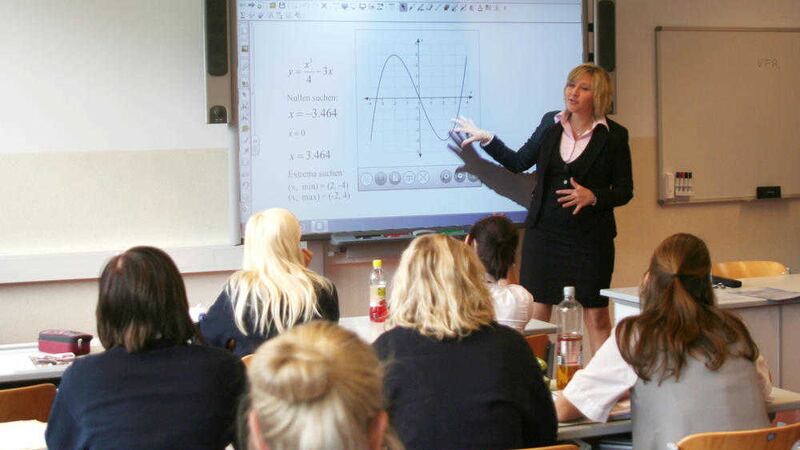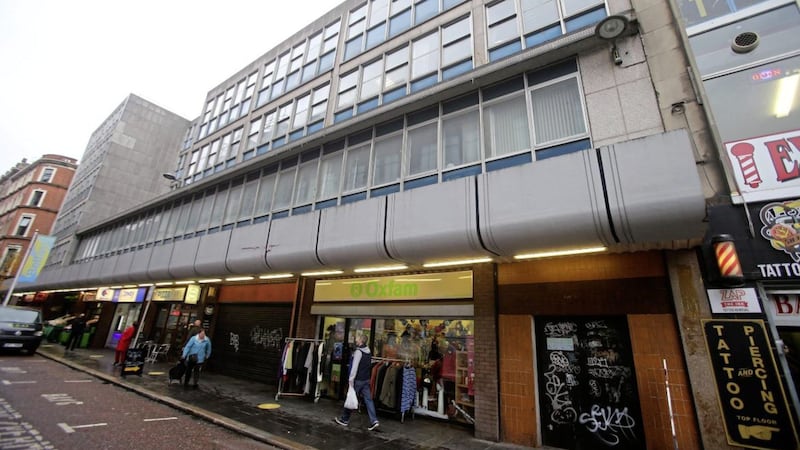FOR today’s youngsters, the day will come when a computer is no longer seen as a separate object or device. With technology very much entwined in the basic fabric of everyday living, our children might feel offended if their games room lamp doesn’t immediately acknowledge their presence by switching itself on.
Over time, the Internet of Things (IoT) will be a mind-set, rather than a steady stream of technology. Even though every other device in our home, workplace, or surrounding environment will be intelligent enough to connect and talk to each other, people will inevitably focus on the transforming possibilities for our everyday world
The realm of education is no exception to the IoT influence.
Until now, educational technology has pivoted more or less around virtual conferencing and classrooms, online tutorials, and similar offerings. However, this is only the beginning.
Some of the latest IoT artillery in this field includes digital highlighters and smart boards (The Smart Board is an interactive whiteboard that uses touch detection for user input like scrolling and right mouse-click) in the same way as normal PC input devices.
This means your printed text could be digitally transferred to your smartphone. Just imagine a scenario where students sitting in a classroom or at their desk at home can interact with their classmates, tutors, and educators scattered across their world.
Now, let’s suppose the lesson of the day is focused on sea life. To give students a really exciting – and highly educational – experience, the teacher decides to access live information generated through sensors and live feeds monitoring a particular body of water. This would bring that geography lesson to life!
With the aid of IoT, a variety of options are possible in terms of monitoring environmental and energy conservation, student traffic and access to IT resources to name but a few. This could help schools better manage their budgets and guide their spending in more value for money projects and provide better opportunities to learn.
A typical example of this was with a major school district in Pennsylvania in the US where their expenditure on power was enormous. To conserve power they use energy monitoring devices on their huge network of schools and recreation buildings. This in turn has the ability then to centrally shut down systems and network devices, when not in use by anyone. It can power down thousands of computer terminals and wireless access points in all the schools.
The connected world of everything has a lot to offer students who need modified learning plans and exceptions. There are already a number of devices, tools, and apps that create appropriate learning experiences while bringing them on par with the rest of the class. One such example is the Lechal shoe project, which enables the visually impaired to better navigate the world through technology.
The shoes have a built in alternative vibration pattern to guide students to their class or designated room giving more freedom of movement and a feeling of independence that comes with normal school life.
The IoT indeed promotes and paves the way for creativity – and for children, there’s nothing better than learning the nuances and applications of hyperconnectivity first-hand. After all the predictions regarding the enormous number of connected communication and decision-making devices in the years to come, this is an excellent opportunity for schoolchildren to understand, build, and control such systems themselves.
Converging education with technology is not just about bringing learning resources or making learning simpler and faster – it’s about the quality of education and the impact it will have on our children now and their future workplace. The IoT has the potential to strip away common barriers in education such as economic status, geography, language, and physical location.
:: Trevor Bingham (editorial@ itfuel.com) is business relationship manager at ItFuel in Craigavon. Follow them on Twitter @itfuel








